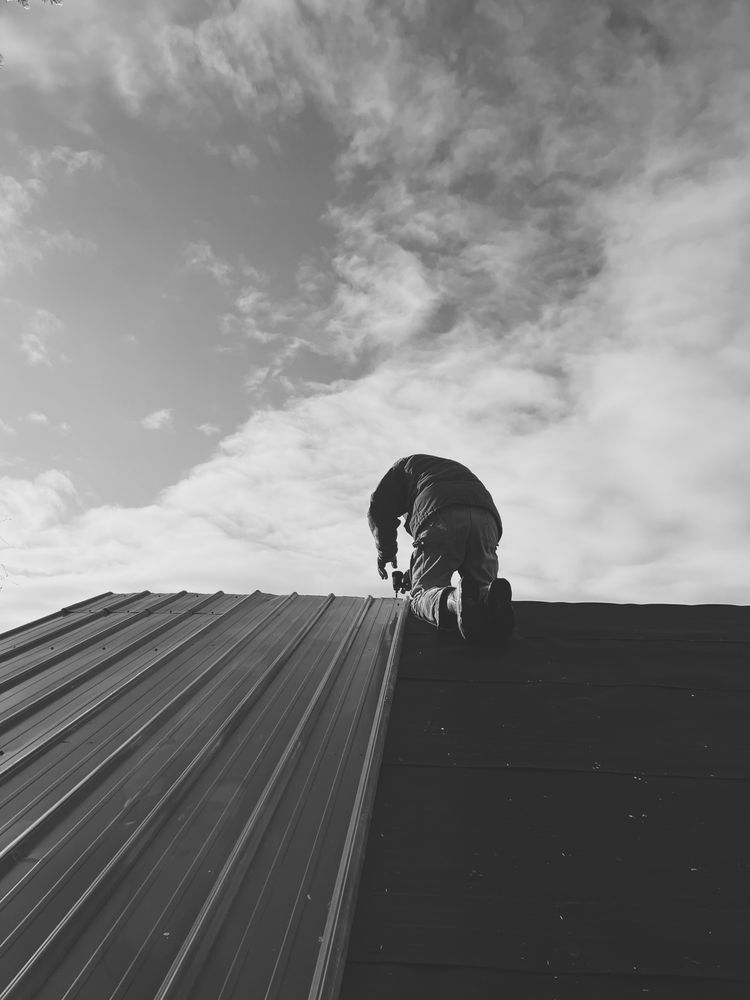DNA Damage Limited With Exercise
Physical activity and telomere length in U.S. men and women
Journal of Preventative Medicine
WHY DO YOU EXERCISE?
There's a million and one reasons to be physically active, and word on the street is that it can add 9 years to your life. Pretty specific, huh?
I'll admit that at first glance these findings seem obvious and not all that exciting, but dig a little deeper because this research is as concrete a reason as any to get up and expend some energy. Or, suffer the consequences.
WHAT IT MEANS TO GET OLD
As we understand it, aging is a gradual deterioration of our cells, which causes telomeres to shorten significantly. Telomeres, the protectors of our chromosomes inside our cells' nuclei, are necessary to prevent damage to our DNA.
To summarize a complex concept, when telomeres shorten, your cells can't do their job so your body deteriorates, forcing you to buy a cane and grandpa diapers. Just a few reasons to postpone the inevitable.
PICTURE TWO OF YOU
You're both the same age, gender, race, have the same education, BMI, smoking status, and alcohol use. The only difference is in the way you exercise.
With the many, many different ways to move, the concept of exercise can be overwhelming. Why increase your heart-rate when you can lift weights and get strong? Why bother spending 60-minutes at the gym when you can do a 15-minute workout? Why ride a bike instead of walking?
Well, this study makes it clear that of the two of you, the one who exercises beyond what the CDC recommends each week, will likely live 9 years longer. My initial thought: who has time for all that!?
METABOLIC EQUIVALENT OF TASK (MET)
MET is equivalent to the energy expended compared to rest. Let's just call it intensity. For example, an activity with a MET value of 5 means you are expending 5 times the energy (number of calories) than you would sitting on the couch. Biking at a self-selected pace (my current go-to) has a MET value of 6.8.
MET-minutes, the units that were used in this study, combine the intensity of your exercise using this scale with the amount of time that you spend moving. Back to my biking example, the 90-minute ride I took to school this morning equates to a whopping 612 MET-minutes, and a third of the exercise I need to do this week. MET-minutes, who knew?
RESEARCH SAYS...
The findings showed that adults with high levels of physical activity (1,887 MET-minutes for men) had significantly longer telomeres than their counterparts. This accounts for years of reduced cellular aging compared to the folks who sit instead. And the good news is that it's totally obtainable. Again, just look at this table to see what it takes.
Even cooler, this further illustrates the argument that physical activity may account for differences in telomere length that is better than common lifestyle factors such as cigarette smoking, obesity, and alcohol use. Shoot, exercise alone could be the difference needed to be the 90 year-old guy teaching his great-grandkids how to fish.
Takeaway: Any form of physical activity can reduce inflammation and oxidative stress. At a certain, totally obtainable point, this slows the deterioration of telomeres, which can potentially lead to 9 more years of life. High exercise is great, moderate is good, light still adds a few years to your life.





Member discussion